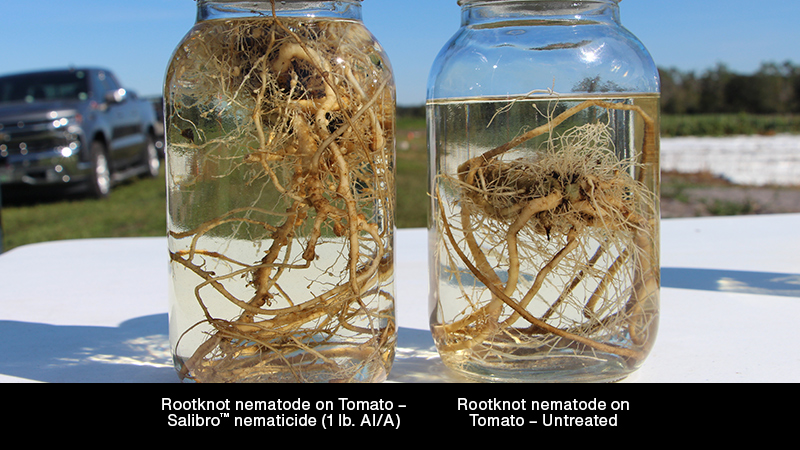Ways Wine Grape Growers Are Adapting to Climate Change

The change has been slow, but steady, seemingly inexorable. Rising temperatures for wine grape growers can perhaps best be seen in the statistics for two of the world’s premier wine growing regions, says Kaan Kurtural, the President of Kurtural Vineyard Consulting in Davis, CA. Though an ocean and a continent apart, since 1980, both Bourdeaux, France, and Napa Valley, CA, shot up from approximately 2,000 growing degree-days to nearly 4,000 degree-days.
“They used to be Cool Region 2, but the increases happened very quickly,” says Kurtural, who retired two years ago as an Associate Professor in Cooperative Extension from University of California, Davis. “In the last 40 years, we have changed the climatic index by two tiers in accumulations of growing degree-days.”
In Napa and Bordeaux viticulture has successfully adapted to a drastically changing climate thus far, but fruit-based metrics raise concerns that we are approaching the tipping point. Kurtural says that point is reached when the grapes are no longer producing the necessary compounds, such as anthocyanins, to reach high quality.
“They’d be just sacks of sugar water — no color to them,” he says. “The tipping point hasn’t been crossed but it’s close.”
Growers wanted to do something to protect their grapes, and Kurtural says he and his fellow scientists advised shading them. It was a stop-gap measure, but it worked. The scientists were then able to identify some thresholds for grapes. Light and temperatures come hand and hand in the form of heat energy, after all.
“It was eye-opening to use, and then we realized we could design trellises to protect the fruit,” he says. “That was a breakthrough point in our work. Trellises can be expensive, but they can provide protection from these untoward weather events.”
Part of the problem was that in the past, wine grape growers wanted all the sun they could get. After all, that was what the researchers told them to do for the last 30 years. But as temperatures rise, researchers realized the grapes were getting too much sun.
Protecting the grapes by going back to the future, scientists realized the old single high wire (SH), as well as the high quadrilateral (HQ) training systems worked extremely well to shade the grapes — but critically, not too much. A study Kurtural co-authored, “Adapting Wine Grape Production to Climate Change Through Canopy Architecture Manipulation and Irrigation in Warm Climates,” demonstrated the advantage of the SH and HQ systems over the vertical shoot positioning (VSP) systems. VSP is better for cooler climates and so came into favor, but in warmer regions the grapes got too much sun, producing grapes low in important components, such as total soluble solids (TSS).
“Our results indicated that SH and HQ trellis systems could enhance the efficiency of grapevine canopy in promoting TSS accumulation and yield as well as higher capacity for flavonol and anthocyanin accumulation in berry skins with less chemical degradation compared to the traditional VSPs,” the study concluded.
Growers often ask why they can’t just use more water to cool things down, Kurtural says. Grapevines are different than other fruit crops, in that restricting water has nice effects on wine grapes. He and his colleagues found that cutting irrigation amounts to 50% to 80% of the current recommended levels is a “sweet spot” for growers.
“Don’t over-irrigate to combat climate change,” he says.
For more, read the full article here as part of our special Global Insight Series report on Climate Smart Farming.
In addition, check out the previous reports in Meister’s Global Insight Series covering a range of topics from Soil Health to Irrigation Innovations to Agricultural Technology, and more.









